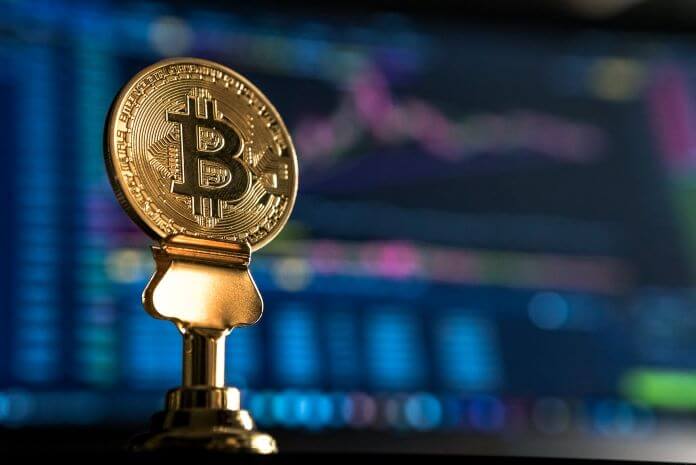With the advent of third-generation blockchains such as Cardano, it’s clear that cryptocurrencies are becoming increasingly valuable, secure, and functional over time. This is reflected by the total cryptocurrency market cap, which has grown to an incredible $1.76 trillion in Q1 2021.
This is also reflected by crypto bull runs, which are extending for longer periods of time and while prices also benefit from sustained, exponential growth.
However, the innate volatility of the market continues to create a demand for greater regulation, but how could this impact individual crypto assets in the future?
The Current Regulatory Landscape in the Crypto Market
Bitcoin (BTC) has historically embarked on numerous bull runs, with its value rising from $900 to $20,000 in 2017 before plunging back below the $8,000 mark in June the following year.
Some will also argue that BTC remains in the midst of its latest bull run, with its value has increased from $6,766.65 to a staggering $54,582.70 during the last 12 months. However, its value also peaked at $61.283.80 during this run, with some suggesting that it may be in the midst of a price correction.
While these bull runs to highlight the long-term growth potential of BTC and crypto as a whole, they also showcase the innate volatility that underpins price movements on a daily basis.
Make no mistake; it’s the asset’s level of volatility and vulnerability to fraud that have piqued the interest of regulators, who have pledged to initially tighten up reporting procedures for tax purposes and create a comprehensive regulatory framework for launching initial coin offerings (ICOs) that fund most crypto ventures.
These would be part of wider changes that encourage a universal approach to regulating crypto securities within the global market, rather than relying on national governments and regulators to initiate their own rules and regulations.
How Would Such Changes Impact the Crypto Market?
The question that remains, of course, is how will these regulatory changes impact the value of cryptocurrencies?
In the short-term, this type of shift is likely to suppress the trading values of crypto assets, as new regulations begin to drag on market sentiment and raise question marks about future growth potential.
While a more stringent regulatory climate may curb the extent of future crypto bull runs in the near-term too, it will also minimise interim and daily volatility that deters many investors from participating in the cryptocurrency space.
This should translate into an increasingly stabilised and universally appealing marketplace in the longer-term, creating a safer investment opportunity that’s less vulnerable to fraud and spiraling peaks and troughs.
Interestingly, this could also aid the process of integrating blockchain and crypto assets into central banking systems, dragging such assets into the mainstream and optimising their value well into the future.







